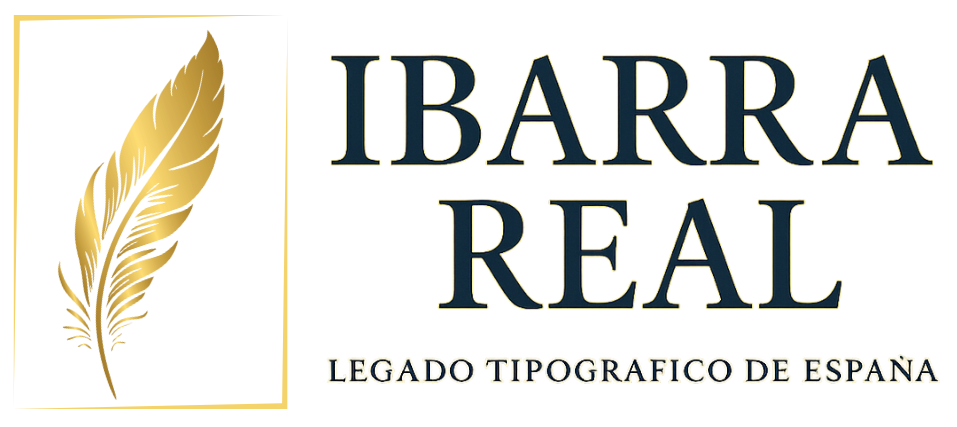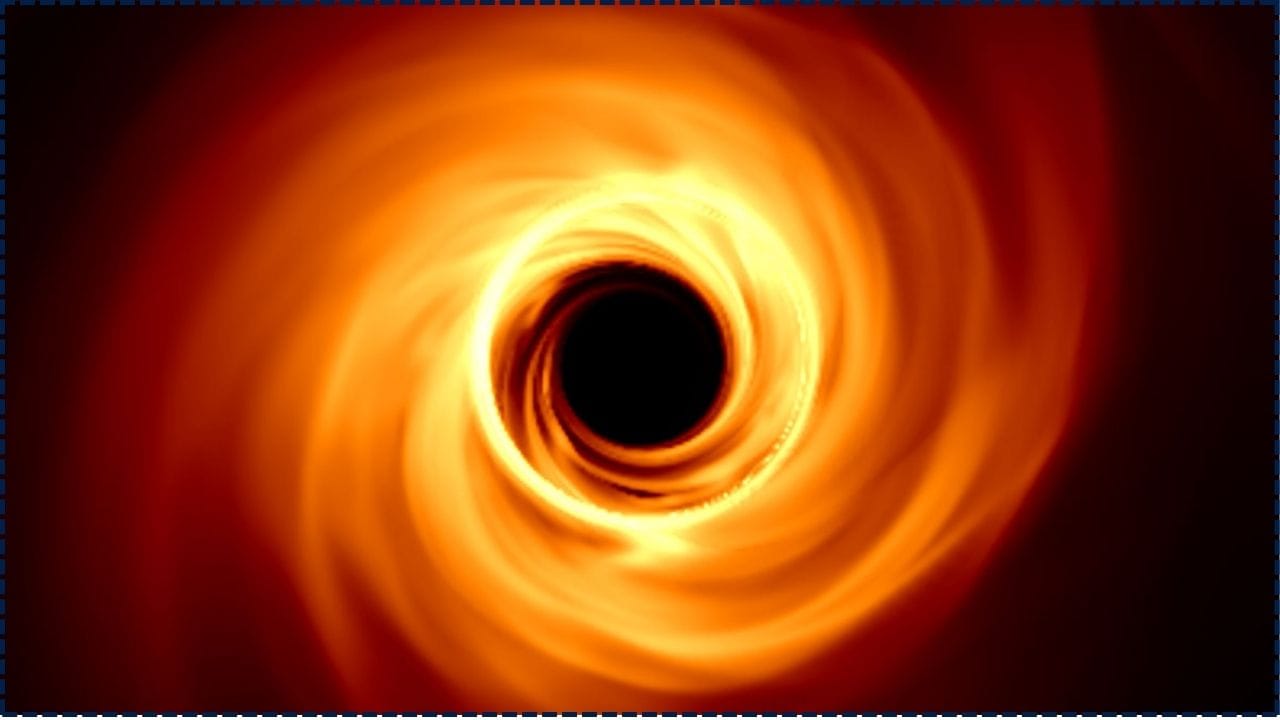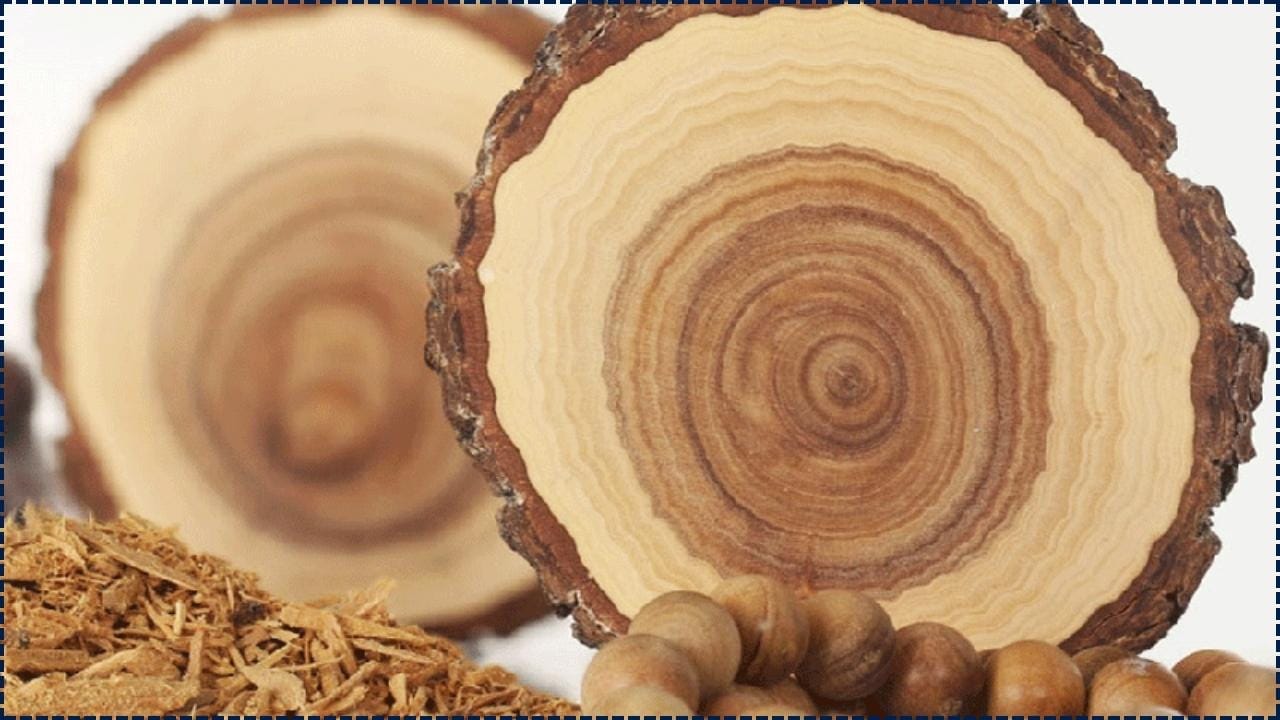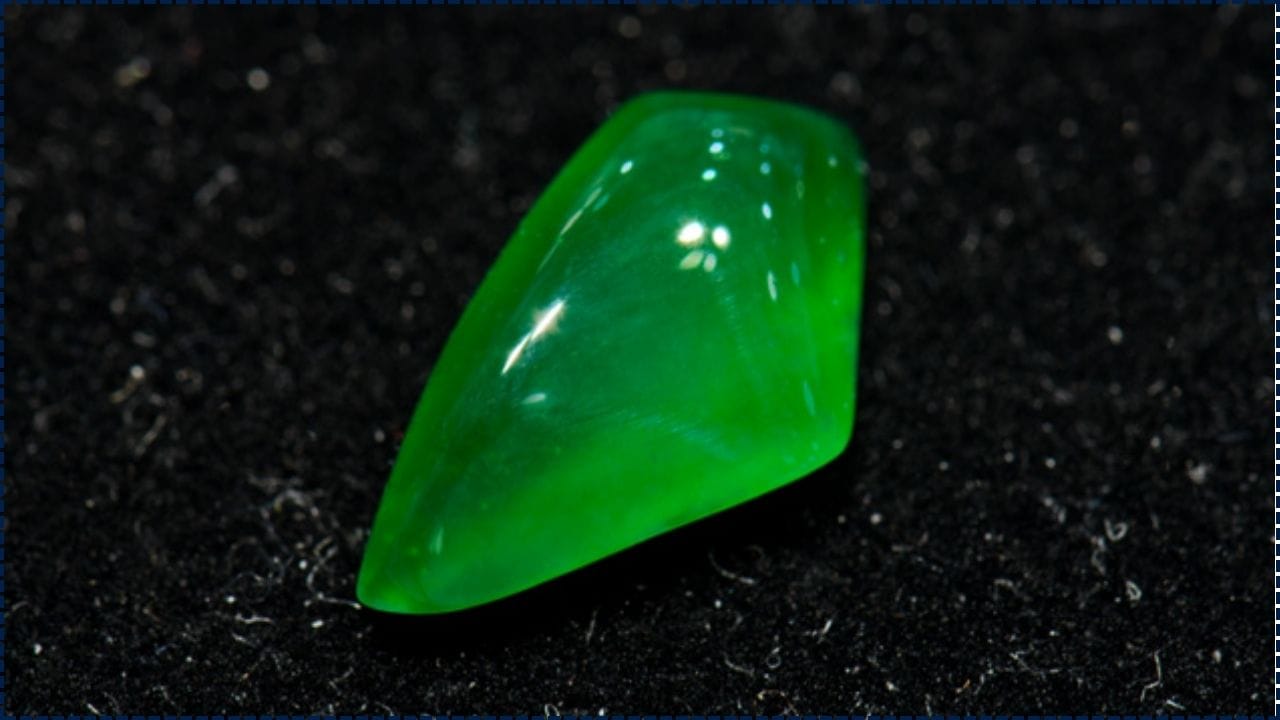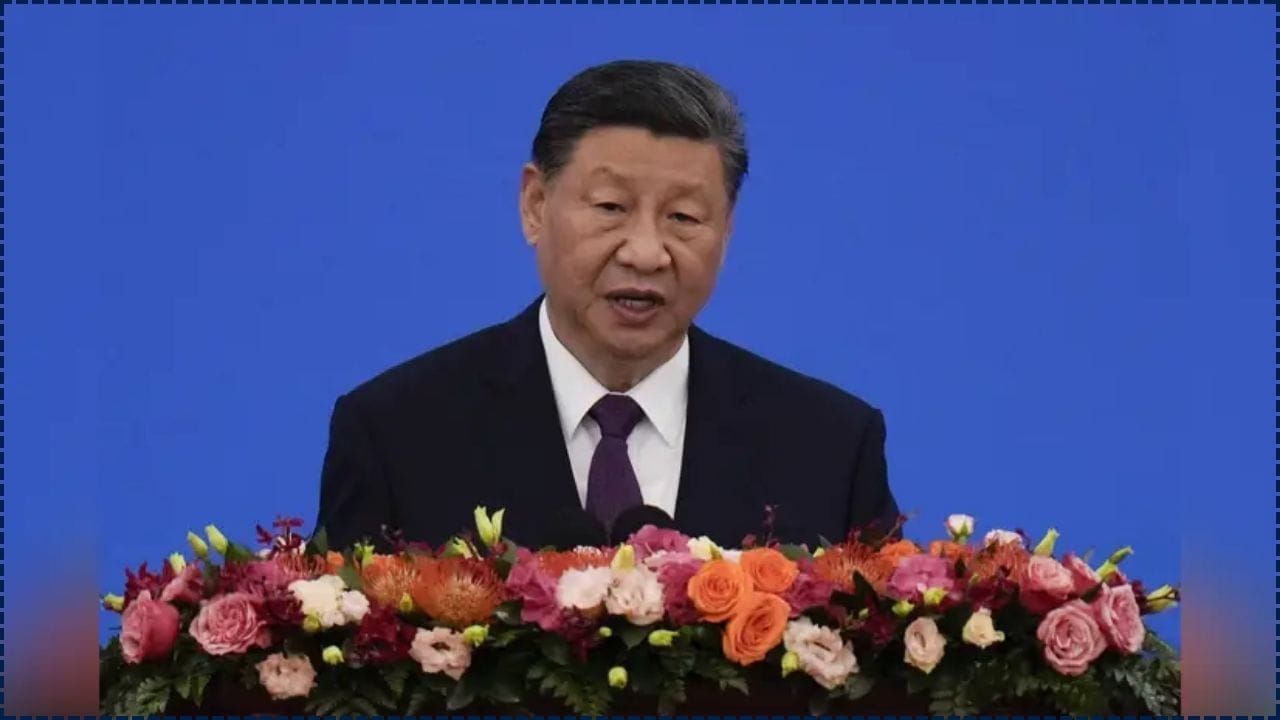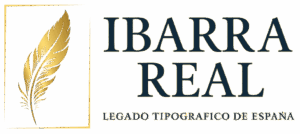Is gravity truly a classical force, or could it be quantum after all? That’s the million-dollar question physicists at MIT are tackling. And if their recent breakthrough is anything to go by, we might be on the verge of a major shift in our understanding of the universe.
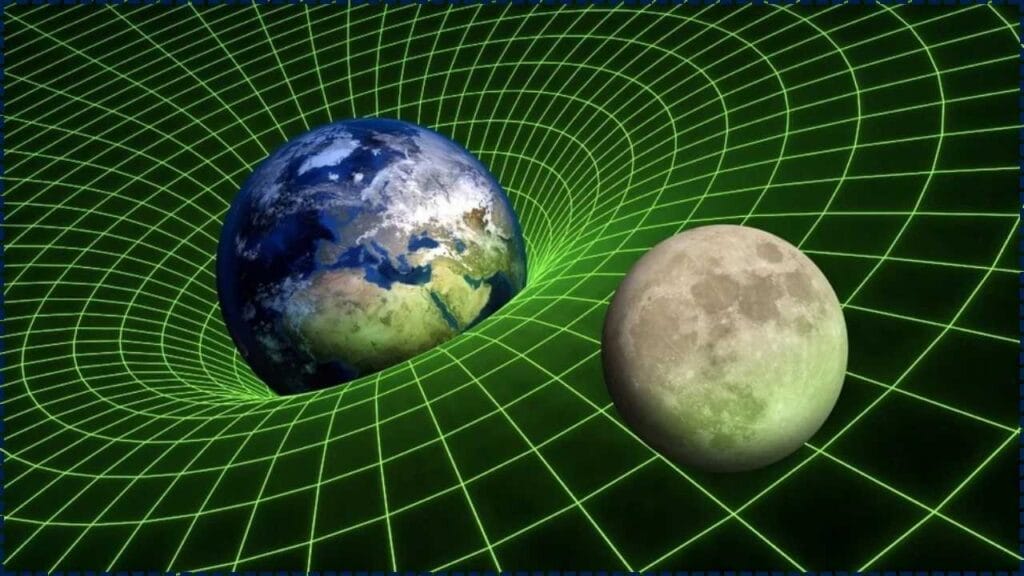
In a study that blends bleeding-edge technology with decades of deep physics thinking, MIT researchers have developed a new experimental system that just might allow us to test if gravity follows the weird and wonderful rules of quantum mechanics.
Whether Gravity Has Quantum Properties
| Aspect | Details |
|---|---|
| Main Topic | MIT explores if gravity has quantum properties |
| Key Experiment | Laser-cooled torsional oscillator to 10 millikelvins |
| Lead Researcher | Dongchel Shin, MIT Department of Mechanical Engineering |
| Published In | MIT News |
| Scientific Significance | Bridges gap between classical gravity and quantum theory |
| Potential Use Cases | Tests for quantum gravity, advances in quantum sensing |
| Measurement Scale | Centimeter-sized objects — far larger than standard quantum tests |
| Support Tools | Cryogenic vacuum, laser interferometry, and atomic force physics |
MIT’s breakthrough experiment offers a bold new path toward answering one of the biggest questions in science: Is gravity quantum? By laser-cooling a twisting metal bar to near absolute zero, they’ve created a bridge between the everyday world and the quantum realm.
If gravity joins the quantum club, it’ll transform everything—from how we explore space to how we build tomorrow’s tech. Until then, the experiment stands as a glowing example of curiosity, precision, and the power of asking, “What if?”
What Does “Quantum Gravity” Even Mean?
Let’s back it up a sec. In simple terms, gravity is the force that pulls things together — like the Earth keeping the Moon in orbit or your coffee mug staying on the table.
So far, gravity has been explained really well by Einstein’s general theory of relativity, a rock-solid classical physics model. But here’s the rub: relativity doesn’t play nice with quantum mechanics, the set of rules that explains how tiny particles like electrons and photons behave.
Quantum mechanics says particles can be in two places at once, entangle with others across the universe, and act like waves or particles depending on how you look at them.
So the big question is: Can gravity be part of that quantum club too? Or is it a totally different beast?
How MIT Is Trying to Find Out
Enter MIT’s laser-cooled torsional oscillator.
Think of it like a very sensitive seesaw that can twist (not swing) back and forth. That’s the torsional part. Researchers use lasers to cool this tiny metal bar to almost absolute zero—about 10 millikelvins, or -459.64°F. That’s colder than outer space.
Why go so cold?
Because cooling gets rid of all the random jittery energy that could mess with quantum measurements. It’s like trying to hear a whisper in a noisy room—you gotta turn down the static first.
Once the bar is cold and still, scientists can watch for tiny movements that might be caused by quantum fluctuations—specifically any caused by gravity. That’s a big deal.
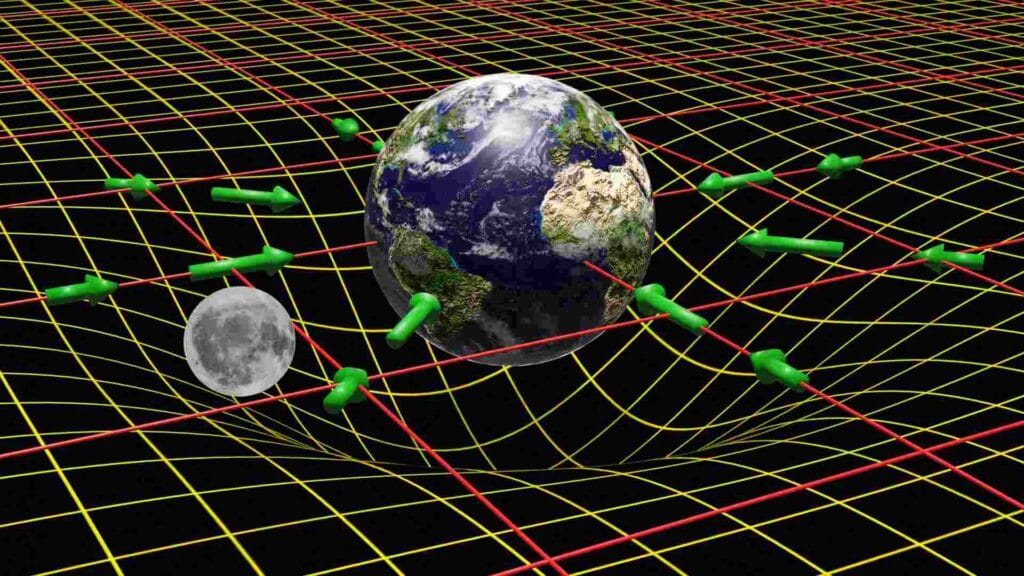
How the Setup Works (Simple Breakdown)
Here’s the quick breakdown of their system:
1. The Oscillator
A little bar (1 cm long) that can twist around its center. It’s like a cosmic weather vane for quantum forces.
2. Laser Cooling
Researchers shine carefully tuned lasers at the bar to cool it down to 10 millikelvins.
3. Vacuum Chamber
This setup is done in a cryogenic vacuum to eliminate air molecules and heat.
4. Sensors
Laser interferometers and magnetic sensors track the tiniest changes in movement—measuring shifts smaller than a nanometer.
All of this allows the oscillator to hover in a state where quantum behavior might show itself.
Why This Is a Huge Step Forward
Most quantum experiments happen at the microscopic scale—using atoms or photons. But gravity is a force that really shows itself at larger scales, like stars, planets, and people.
What MIT did is find a way to merge big-enough objects with quantum-level control, which hasn’t really been done before in this way. That means, for the first time, scientists can ask:
“What does gravity do when you bring quantum rules into play… and is it also subject to them?”
Real-Life Applications (Yes, This Affects You)
Even though this might sound abstract, it could impact:
1. Quantum Sensors
Better measurements of gravity can help with earthquake detection, navigation without GPS, and mapping underground minerals.
2. Quantum Computing
If gravity turns out to have quantum properties, it might reshape how we approach error correction and entanglement in future systems.
3. Cosmology
Understanding quantum gravity could unlock answers about the Big Bang, black holes, and the fate of the universe.
Related Links
This Powerful Fruit Helps You Sleep Like A Baby And Fights Inflammation Naturally
Solar Power Breakthrough: Kesterite Hits 13.2% Efficiency, Surpassing Silicon And Perovskite
Real-World Analogy: The Whisper in a Canyon
Think of this experiment like standing in a huge canyon, whispering. If gravity is quantum, then that whisper bounces back differently, creating an echo that changes slightly with each listen.
MIT’s oscillator is the microphone, finely tuned to catch the echo no one else can hear—the “quantum whisper” of gravity.
Want to Learn More?
Check these trusted sources for more details:
- MIT News Feature on Quantum Gravity Work
- NASA’s Quantum Physics Overview
- Quantum Gravity and the Universe – CERN
- NIST on Quantum Measurements
FAQs About Whether Gravity Has Quantum Properties
Q1: Is this proof that gravity is quantum?
A: Not yet. This experiment sets the stage for testing that question, but we’re still in the early phases.
Q2: Can I see this experiment in person?
A: The setup is at MIT and not open to the public—but the MIT Museum does showcase similar tech and science stories.
Q3: How soon will we know the answer?
A: That depends on follow-up experiments. Within the next 5–10 years, we might get definitive clues.
Q4: Will this change how we teach physics?
A: If gravity turns out to be quantum, yes—textbooks from middle school to college might need to update their models.
Personal Take from a Native American Science Perspective
In many Native traditions, nature isn’t split into hard categories. The spirit and physical worlds overlap, just like quantum and classical physics might. To see science now exploring how one force—gravity—might live in both realms echoes something our ancestors sensed deeply: everything is connected, even the unseen forces. The MIT team’s work honors that timeless view in a thoroughly modern way.
